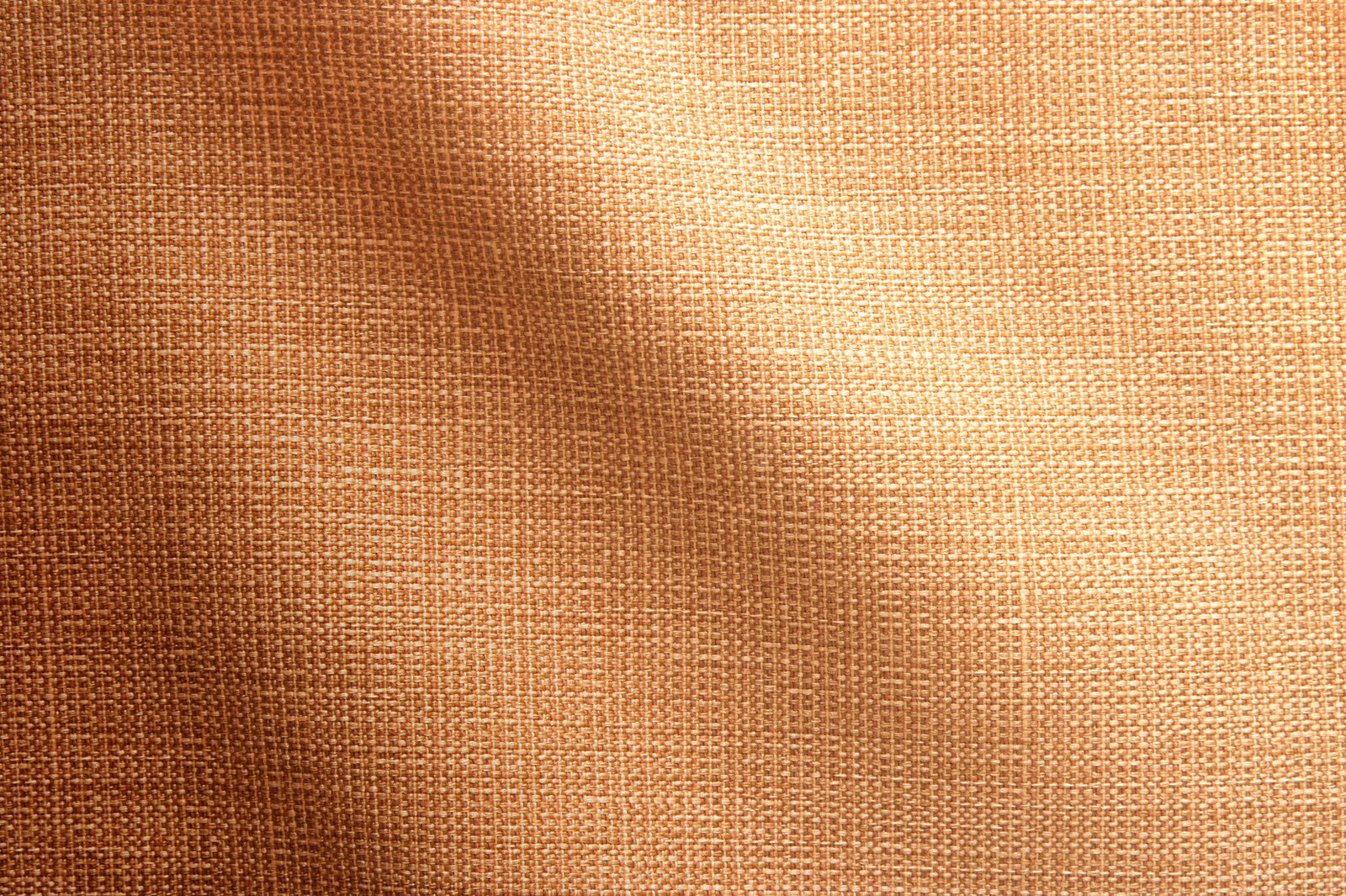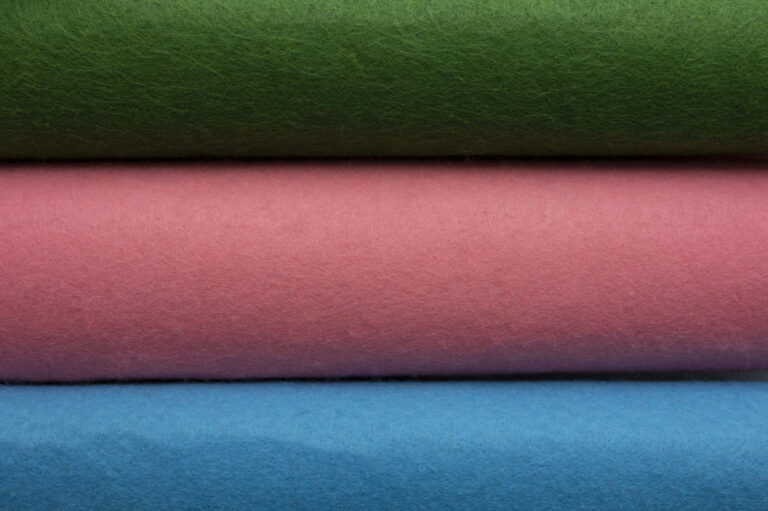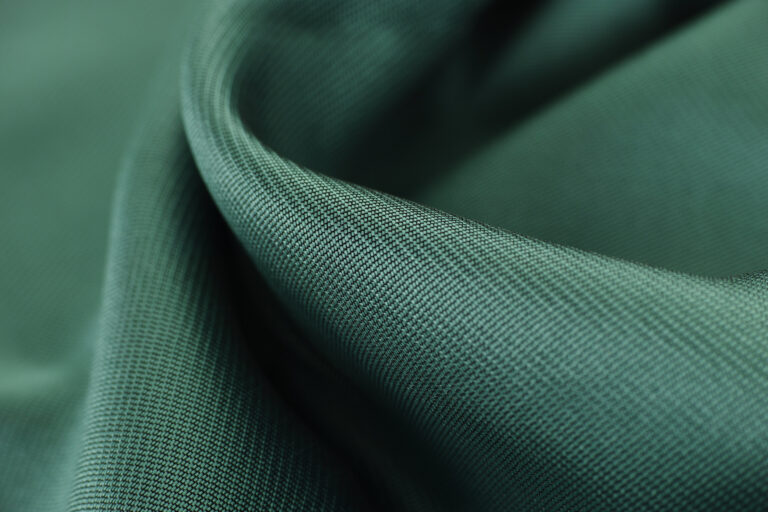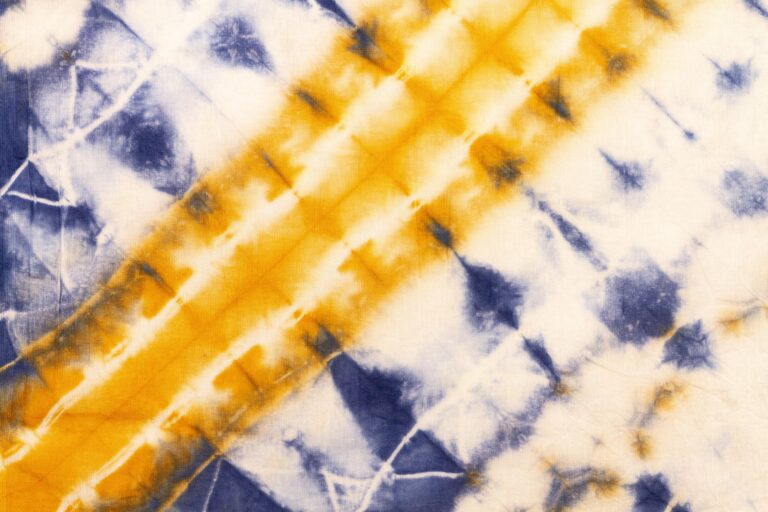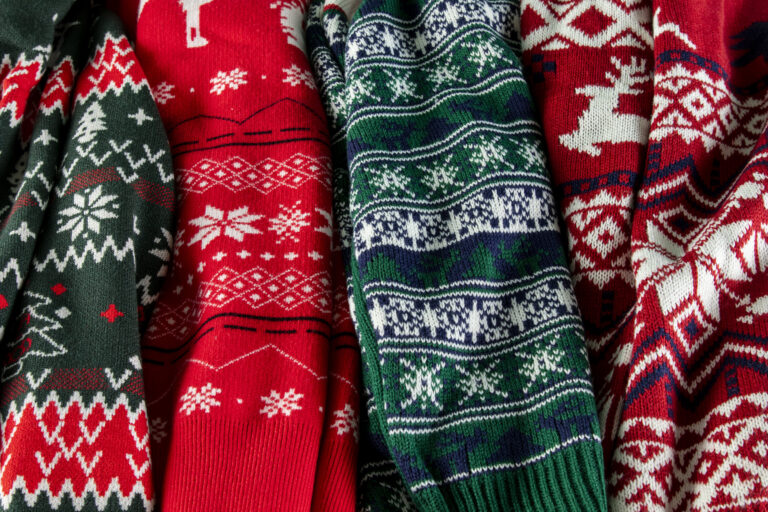Expert Advice: Top 7 Linen Fabrics Every Fashion Designer Needs to Know
Fabric choice is one of the most important decisions a fashion designer can make. It affects the look, feel, and durability of a garment, as well as its environmental impact.
Linen is a popular fabric choice among designers for its breathability, durability, and sustainability. In this post, we’ll provide expert advice on the top 7 linen fabrics every fashion designer needs to know.
Benefits of Linen Fabric
Before we dive into the specific types of linen fabrics, let’s take a moment to discuss the benefits of linen as a fabric choice for fashion design.
Breathability
Linen is a highly breathable fabric, which makes it ideal for warm weather clothing. It allows air to circulate around the body, keeping the wearer cool and comfortable.
Durability
Linen is a strong, durable fabric that can withstand frequent wear and washing. It has a natural resistance to dirt and stains, and it doesn’t easily stretch or tear.
Sustainability
Linen is an eco-friendly fabric choice, as it is made from the fibers of the flax plant. Flax is a fast-growing crop that requires less water and fewer pesticides than cotton.
Additionally, linen fabric can be recycled or composted at the end of its life.
Versatility
Linen can be used for a variety of clothing and accessory designs. It has a range of textures, weights, and drapes, which makes it suitable for everything from summer dresses to winter coats.
Also read: 7 Perfect Styles of Dresses for Sequin Fabric to Dazzle in
Tips for Working with Linen Fabrics
Working with linen fabrics can be challenging, but with the right techniques, it can be a rewarding experience. Here are some tips for fashion designers working with linen fabrics:
Pre-wash your linen fabrics before cutting and sewing. Linen has a tendency to shrink, so it’s important to pre-wash to avoid any surprises later on.
Use a sharp pair of scissors or a rotary cutter to cut your linen fabric. Linen can be prone to fraying, so it’s important to have a clean, sharp cut to prevent unraveling.
Press your linen fabrics with a hot iron before sewing. This will help to smooth out any wrinkles and creases, and will also make it easier to work with.
Use a lightweight, sharp needle when sewing with linen fabrics. This will help to prevent snags and pulls, and will also ensure a clean, even stitch.
Consider using a linen fabric stabilizer or interfacing to add structure and stability to your garment.
Experiment with different linen fabric weights and textures to create unique designs and looks.
Don’t be afraid to mix and match different linen fabrics for a more interesting and dynamic garment.
When washing your linen garment, use a gentle, cold water cycle and avoid using harsh detergents or bleach. Hang or lay flat to dry to prevent shrinkage.
Top 7 Linen Fabrics Every Fashion Designer Needs to Know
Now that we’ve covered the benefits of linen as a fabric choice, let’s dive into the top 7 linen fabrics every fashion designer needs to know.
1 Belgian Linen
Belgian linen is known for its high quality and fine texture. It is made from the fibers of the flax plant, which are grown and harvested in Belgium.
Belgian linen has a crisp, clean look that makes it ideal for tailored garments such as suits, blazers, and trousers. It also has a slight sheen that adds a touch of elegance to any design.
Characteristics
Belgian linen has a smooth, even texture with a slightly shiny appearance. It has a medium weight and a crisp hand feel.
Recommended Uses
Belgian linen is best suited for tailored garments such as suits, blazers, and trousers. It can also be used for dresses, skirts, and jackets.
2 Irish Linen
Irish linen is another high-quality linen fabric that is known for its strength and durability.
It is made from flax fibers that are grown and harvested in Ireland. Irish linen has a slightly slubbed texture, which gives it a natural, rustic look.
It is a versatile fabric that can be used for everything from summer dresses to winter coats.
Characteristics
Irish linen has a slightly slubbed texture with a matte finish. It has a medium weight and a soft, yet sturdy hand feel.
Recommended Uses
Irish linen can be used for a variety of garments and accessories, including dresses, blouses, skirts, and coats. It is also a popular fabric choice for tablecloths and napkins.
3 French Linen
French linen is a lightweight, breathable linen fabric that is ideal for warm weather clothing. It is made from flax fibers that are grown and harvested in France.
French linen has a soft, slightly crinkled texture that gives it a relaxed, casual look. It is a popular fabric choice for summer dresses, blouses, and tops.
Characteristics
French linen has a soft, slightly crinkled texture with a matte finish. It has a lightweight, airy feel.
Recommended Uses
French linen is best suited for warm weather clothing such as summer dresses, blouses, and tops. It can also be used for lightweight jackets and trousers.
4 Japanese Linen
Japanese linen is a premium linen fabric that is known for its unique texture and drape. It is made from flax fibers that are grown and harvested in Japan.
Japanese linen has a slightly uneven texture that gives it a natural, organic look. It also has a beautiful drape that makes it ideal for flowy, relaxed designs.
Characteristics
Japanese linen has a slightly uneven texture with a matte finish. It has a medium weight and a soft, fluid drape.
Recommended Uses
Japanese linen is best suited for flowy, relaxed designs such as dresses, skirts, and blouses. It can also be used for lightweight jackets and trousers.
5 Italian Linen
Italian linen is a high-quality linen fabric that is known for its luxurious look and feel. It is made from flax fibers that are grown and harvested in Italy.
It has a smooth, even texture that gives it a refined, polished look. It is a popular fabric choice for high-end suits, jackets, and trousers.
Characteristics
Italian linen has a smooth, even texture with a slightly shiny appearance. It has a medium weight and a crisp hand feel.
Recommended Uses
Italian linen is best suited for tailored garments such as suits, blazers, and trousers. It can also be used for dresses, skirts, and jackets.
6 Baltic Linen
Baltic linen is a durable, heavyweight linen fabric that is ideal for rugged, outdoor clothing. It is made from flax fibers that are grown and harvested in the Baltic region.
It has a rough, textured surface that gives it a rustic, natural look. It is a popular fabric choice for workwear and utility clothing.
Characteristics
Baltic linen has a rough, textured surface with a matte finish. It has a heavyweight feel and a sturdy, durable quality.
Recommended Uses: Baltic linen is best suited for rugged, outdoor clothing such as workwear, utility jackets, and overalls.
7 Hemp Linen
Hemp linen is a sustainable linen fabric that is made from a blend of flax and hemp fibers. It is a versatile fabric that is both eco-friendly and durable.
It has a slightly uneven texture that gives it a natural, organic look. It is a popular fabric choice for sustainable fashion designers.
Characteristics
Hemp linen has a slightly uneven texture with a matte finish. It has a medium weight and a soft, yet sturdy hand feel.
Recommended Uses
Hemp linen can be used for a variety of garments and accessories, including dresses, blouses, skirts, and jackets. It is also a popular fabric choice for sustainable home decor such as curtains and tablecloths.
Conclusion
Linen fabrics have been a staple in fashion for centuries, and for good reason. They are versatile, durable, and eco-friendly, making them a popular choice for fashion designers and consumers alike.
Whether you’re creating a lightweight summer dress or a heavy-duty work jacket, there is a linen fabric out there that will meet your needs.
By understanding the unique characteristics of each linen fabric, you can make informed decisions when choosing the right fabric for your design.
So go ahead and experiment with different linen fabrics, and discover the beauty and versatility of this timeless textile.
